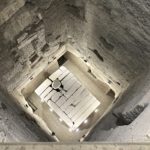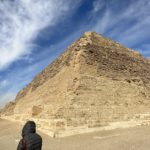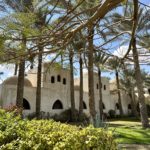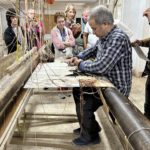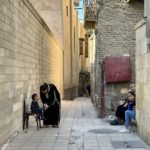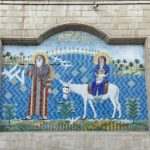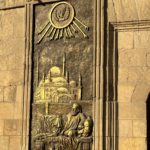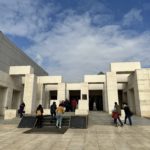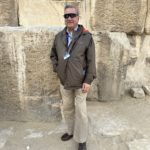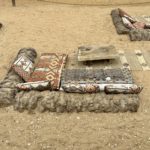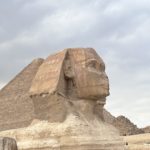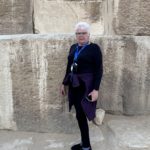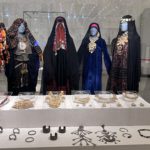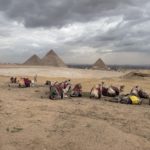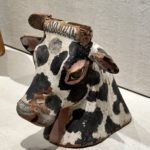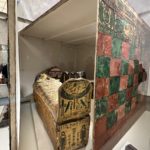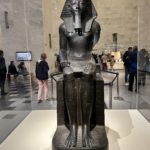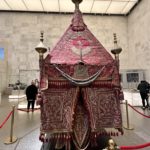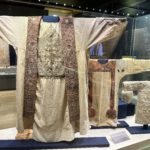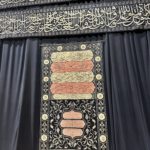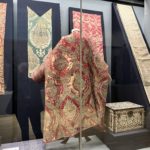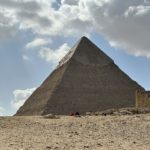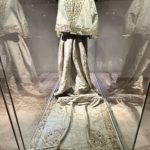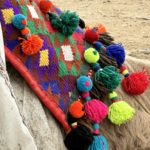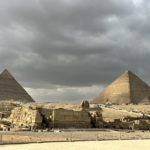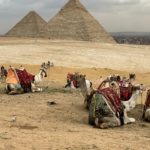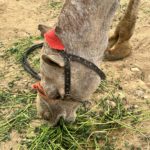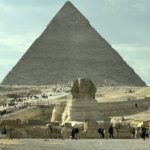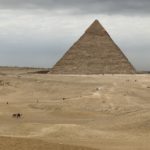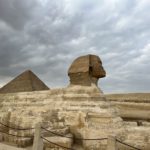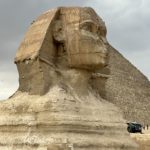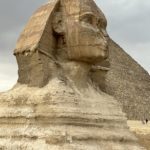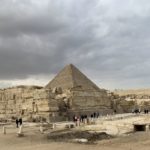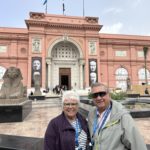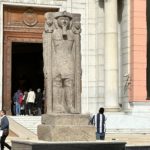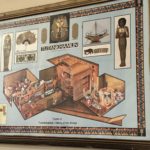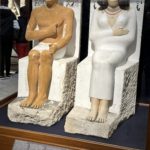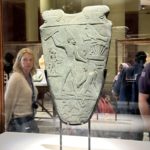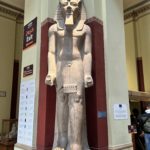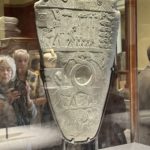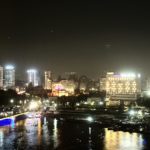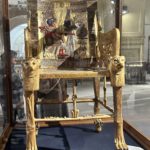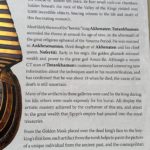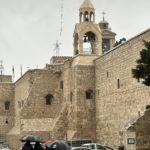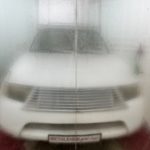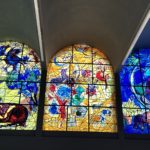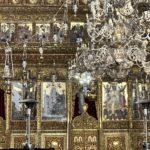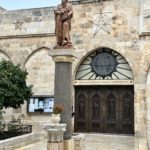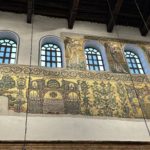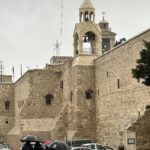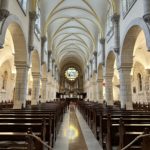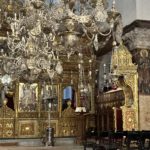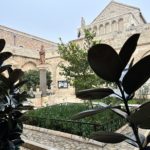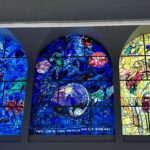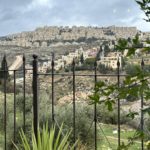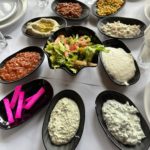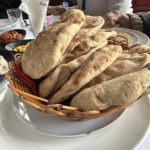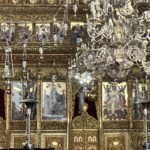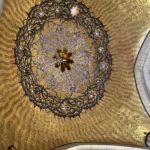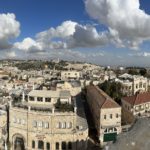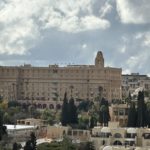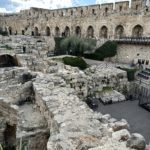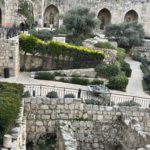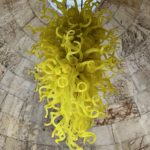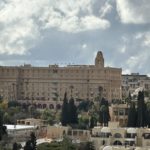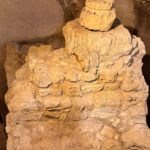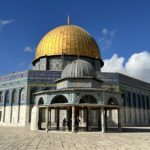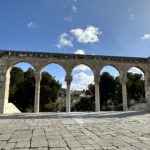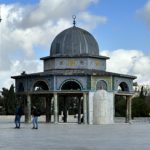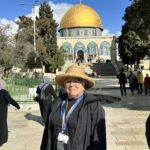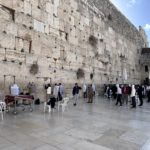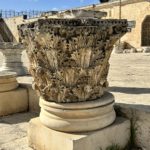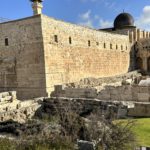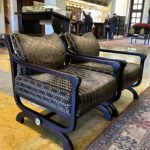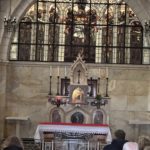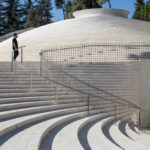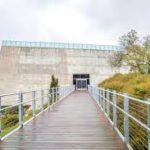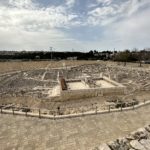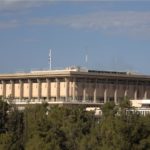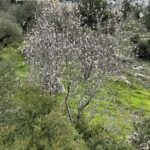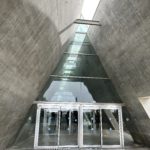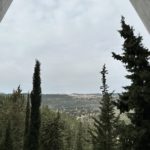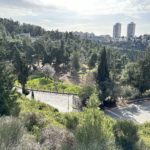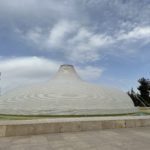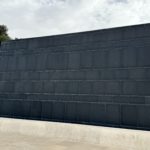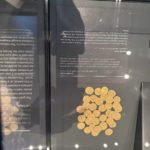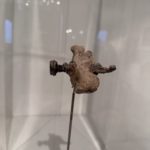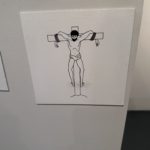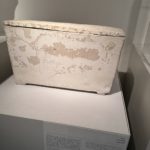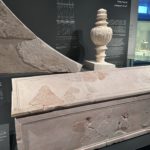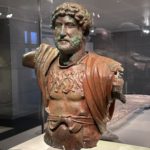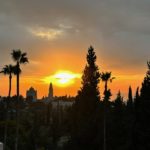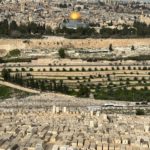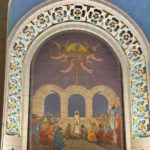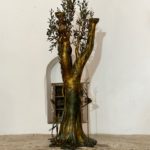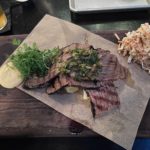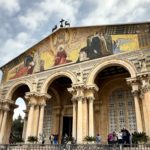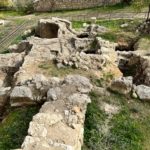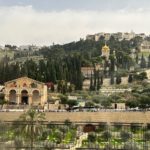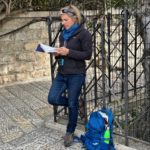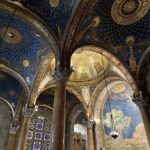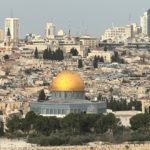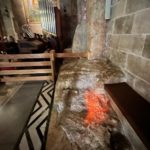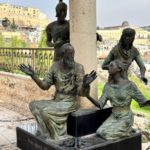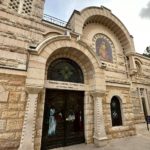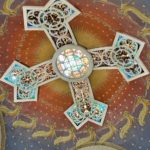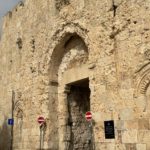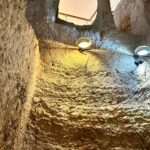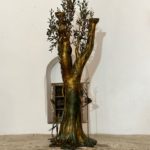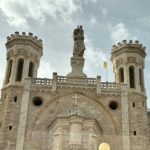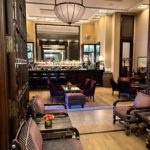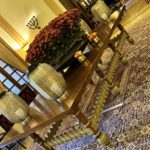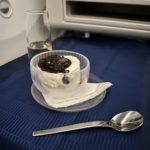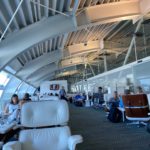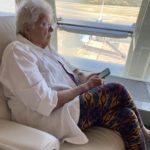
Zaltbommel Saqqara – the step pyramid
Before we delved into Cairo’s historic quarter and the story of Egypt’s predominant religion, we headed off to Saqqara or Sakkara Step Pyramid complex. Maged, our guide, shared a history of the development of pyramids including that the earliest indications of ancient Egyptians to build a pyramidal shaped tomb trace back to the 27th century BC. The step pyramid is the earliest structure in the world built entirely out of large stone blocks. It was built as the mortuary complex for King Djoser (Zoser) who was the founder of the Third Dynasty (Old Kingdom) by his architect Imhotep. Imhotep was a notable character in his own right, forward-thinking, ahead of his time, and a physician and high priest as well as architect. Up until this time, Kings were buried under a mound type structure called a mastaba. King Djoser added to his mortuary complex a court called Heb-Sed to be able to renew and extend his rule in the afterlife that included the buildings and features of his current everyday life. There is a colonnaded corridor of pillars leading to the Great South Court featuring a frieze of cobras. Maged even re-enacted the ritual where King Djoser would fight the ox (his High Priest in a mask) to assert his right to continue to rule. This complex was restored in modern times by the French archeologist and architect Jean-Phillip Lauer.
After a brief stop at the carpet school where we learned that each silk thread of native silk they use has 1200 strands of silk. The rugs were beautiful but none are coming home with us.
After lunch we visited Old Coptic Cairo walking the crowded streets and alleys and markets with all those off for Friday. First stop was the Church of St Sergius and St Bacchus famous for the widely held belief that the Holy Family sheltered in a cave here during their flight into Egypt. The cave is preserved as a crypt, but it can flood with underground water. Another cave can be viewed through opening in the floor.
Next we stopped at the gates of the Ben Ezra Synagogue for a briefing by Maged. It is known as the site where some 400,000 medieval secular and sacred manuscripts were found in the 19th century. Jewish history in Egypt dates back to the era of the Old Testament and the stories of Moses and persecution by the pharaohs. After the Roman expulsion of Jews from Jerusalem in the 1st century AD, Alexandria became the world’s most important center of Judaism. As recently as the 20th century, the Jewish community in Egypt remained significant and prominent. This, of course, changed drastically with the creation of Israel in 1948. Those Jews who had not already left Egypt were forced out when Egypt and Israel went to war. Though legend link Ben Ezra Synagogue with Moses, it was in fact a former church built in the 8th century. About 300 years later it was destroyed and the the site and its ruins were given to Rabbi Ben Ezra, a 12th century rabbi of Jerusalem. Repairs in the 19th century unearthed Hebrew manuscripts from the treasury. In Egypt any paper bearing the name of God had to be preserved. This resulted in a legacy of thousands of documents dating largely to the 11th century providing a detailed chronicle of life in medieval Cairo.
Then, our tour continued with a trip to the Hanging Church, one of the oldest churches in Egypt, so called because it was built on top of the Water Gate of the old Roman Fortress of Babylon. Built as early as the 4th century AD, it was destroyed and rebuilt in the 11th century. The facade surmounted by its distinctive twin bell towers is a relatively recent addition dating from only the 19th century. The sanctuary screen is carved from cedar wood and delicately inlaid with ivory and screens that shields the main altar from view. It is considered the finest of its kind in Egypt. The marble pulpit rests on 13 columns representing Christ and his disciples. In the interior, three barrel vaulted roofs are supported on columns with Corinthian capitals, indicating they were recycled from earlier structures. The Roman Towers belonged to the southwestern bastion of the original Roman fortress of Babylon and date from the 1st century AD.
Our tour of Islamic Cairo, featuring visits to the fortified, medieval Citadel (home to Egypt’s rulers for almost 700 years) and the Great Mosque of Muhammad Ali (dating to the 19th century). The grand, domed mosque is built in the Ottoman style and is partly clad in translucent alabaster, hence its nickname “the Alabaster Mosque.” The ornate clock in the courtyard near the entrance to the mosque was a gift from King Louis-Phillipe of France in exchange for the obelisk in Place de la Concorde in Paris. The clock was damaged on delivery and has yet to be repaired. Mohammed Ali is regarded as the founder of modern Egypt. When he came to power in 1805, Egypt was a backwater province of the Ottoman Empire. By the time he died in 1849, Egypt was a regional superpower. His body rests in a marble tomb to the right near the entrance to the vast space of the prayer hall. We had our phone’s capture the panoramic views of the city from the Citadel’s hilltop site, where, on our clear day there, we could see all the way across to the Pyramids.
An insightful lecture by Maged on Islam helped our understanding of its history and culture










